Why Affordable Housing Projects in Kenya Are a Key Opportunity
Kenya’s Housing Deficit and Rising Demand
Snapshot of current shortage (millions of units needed). Rapid urban growth is driving demand for low-cost homes.
Government Policy, Affordable Housing Fund and 2024–2025 Updates
The Affordable Housing Act and the new Affordable Housing Fund are in place. 2024–2025 targets: unit numbers, subsidies, and Boma Yangu improvements.
Good anchor for internal link to how to apply for affordable housing in Kenya.
Public-Private Partnerships and Donor Support (IHS / EIB Green Fund)
IHS and EIB are backing new green affordable housing projects in Kenya. County partnerships are helping deliver mixed-income estates.
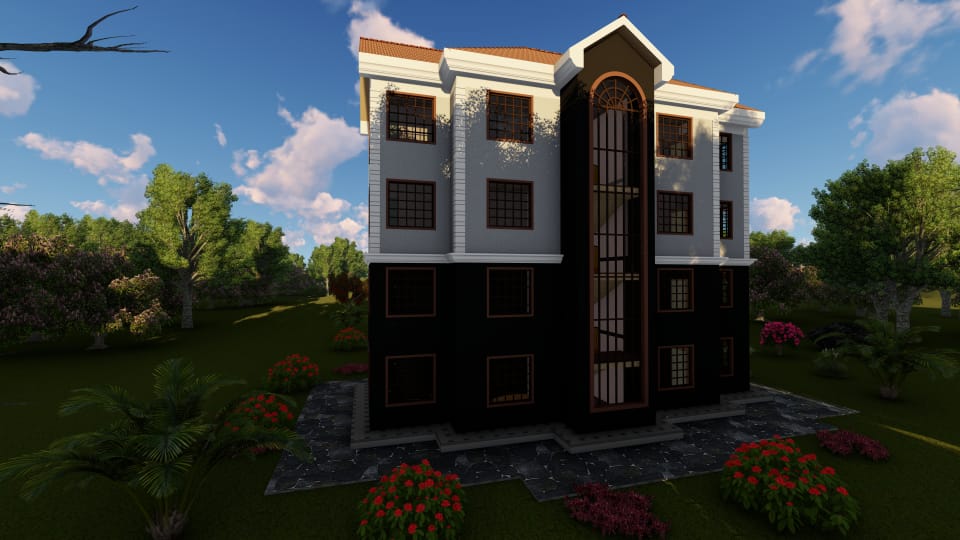
Full Directory of Affordable Housing Projects in Kenya by County
National Government Projects (Kikuyu, Machakos, Nakuru, Rongai)
Kenya’s Affordable Housing Board is rolling out flagship projects across major towns. These are part of the national program under Boma Yangu and the Affordable Housing Fund.
Kikuyu Project – mix of social and affordable units with rent-to-own options.
Machakos Project – modern estate design with green spaces.
Nakuru Project – targets middle- and low-income buyers.
Rongai Project – commuter-friendly location for Nairobi workers.
Beyond government programs, investors like IHS Kenya, with support from the European Investment Bank (EIB), are funding large-scale green housing estates. These focus on energy efficiency and long-term cost savings.
Garden City Housing – Nairobi-based, part of a mixed-use development.
Tilisi Green Homes – on Nairobi–Naivasha highway, eco-friendly designs.
Mashiara Park Pipeline – planned sustainable community.
Suggested internal link: Green affordable housing in Kenya.
County-Level and Smaller Affordable Housing Projects (Meru, Lamu, Kajiado)
Counties are also stepping up with localised affordable housing initiatives. These projects aim to reduce rural-urban migration and provide housing near jobs.
Meru County – new units targeted at teachers and public servants.
Lamu County – coastal projects for fishermen and low-income families.
Kajiado County – commuter estates for Nairobi workers.
Related post: Cost of Building a 2-Bedroom Bungalow in Kenya: 2025 Guide
Who Can Apply for Affordable Housing in Kenya & Step-by-Step Application Guide
How to Register on eCitizen, Boma Yangu Portal, or USSD 832#
Applying for affordable housing projects in Kenya starts with registration. You can sign up online or by phone:
1. Go to eCitizen or the Boma Yangu portal.
2. Sign up with your ID number, KRA PIN, and phone number.
3. Upload required documents (ID copy, KRA PIN certificate).
4. Alternatively, dial *832# on your phone to register via USSD.
Suggested internal link: Step-by-step Boma Yangu registration guide.
Eligibility, KYC, and Saving Requirements
To qualify for an allocation, applicants must meet Affordable Housing Board (AHB) rules:
- Be a Kenyan citizen with a valid national ID.
- Have a registered KRA PIN and an active mobile number.
- Complete the Know Your Customer (KYC) checks on the portal.
Make minimum monthly savings toward the unit price (amount depends on project).
Suggested internal link: Affordable Housing Fund savings program.
Allocation, Lottery, and Unit Selection Timelines
Because demand exceeds supply, units are assigned through a lottery system. Applicants who meet the savings targets are placed into the lottery pool.
Selection is done transparently under the Affordable Housing Board. Successful applicants get notified via SMS/email and invited to choose units.
New release dates are posted on the Boma Yangu portal and the AHB website.
Related post: Project Management in Construction Kenya – Best Practices
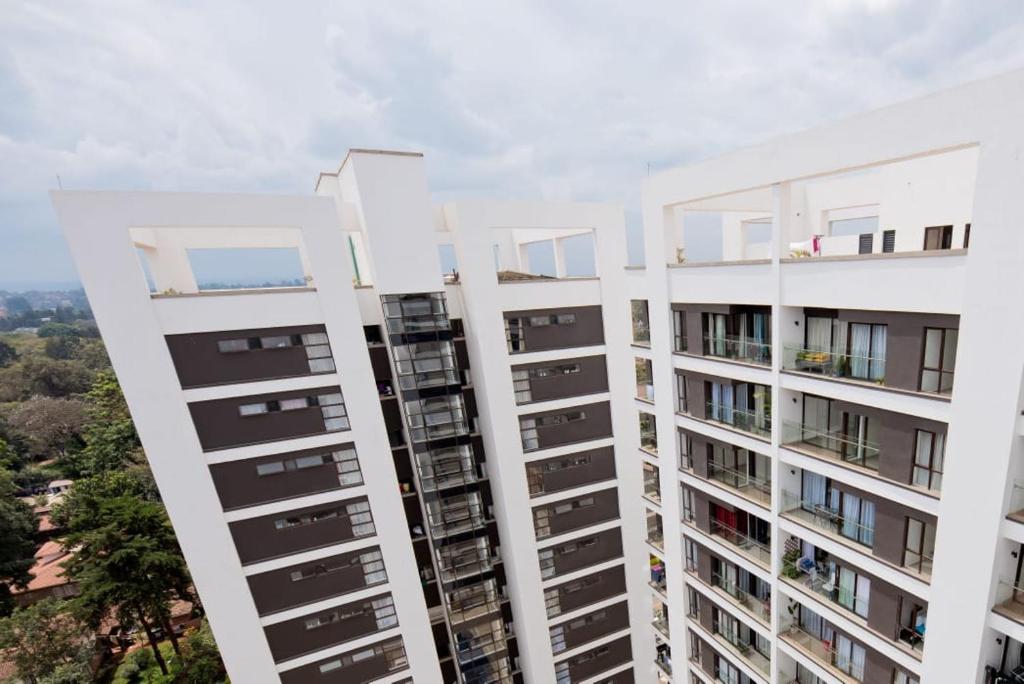
Payment & Ownership Models for Affordable Housing Projects in Kenya
Rent-to-Own Explained with a Simple Example
The rent-to-own housing scheme in Kenya lets buyers pay monthly rent that gradually converts into ownership. This is one of the most popular options under Boma Yangu.
Example: A unit worth KES 1.5M can be acquired by paying about KES 15,000 per month over several years.
Payments are structured so part covers rent, while the rest builds equity. Once the balance is cleared, the title deed is transferred to the owner.
Suggested internal link: Affordable housing rent-to-own options.
Mortgage Routes with Local Banks and Developer Financing
Buyers can also access affordable housing mortgages in Kenya through banks or directly from developers. Local banks offer low-interest mortgages supported by the Kenya Mortgage Refinance Company (KMRC). Developers sometimes provide in-house financing for shorter terms. Mortgage terms typically range from 10 to 20 years, depending on income and repayment ability.
Savings + Subsidy Combinations and the Affordable Housing Fund
The Affordable Housing Fund supports buyers through subsidies and structured savings. Applicants save monthly through Boma Yangu or SACCOs toward their chosen unit. Government subsidies reduce the overall price for qualified low- and middle-income earners. Savings + subsidy can also be combined with a small mortgage to fast-track ownership.
Investment Opportunities & Financing in Affordable Housing Projects in Kenya
How Institutional Investors Structure Deals (IHS, REITs, Development Banks)
Affordable housing isn’t just for end-buyers — it’s also a growing space for real estate investors in Kenya. Large players such as International Housing Solutions (IHS), local REITs, and global lenders like the European Investment Bank (EIB) are backing housing funds. IHS Kenya uses pooled funds to acquire, build, and manage rental estates. REITs allow smaller investors to buy shares in large housing portfolios. Development banks provide long-term capital for green and sustainable projects.
Expected Yields and Rental Income vs. Traditional Residential
For investors, rental yields from affordable housing are often higher than high-end apartments because of strong demand. Affordable units in Nairobi can deliver 6–8% annual rental yields, compared to 4–5% in luxury units. Faster tenant uptake due to affordability and location near job markets. Resale value grows steadily, supported by Kenya’s housing deficit.
The Green Premium — Lower Costs and Better Marketability
Green affordable housing projects in Kenya, such as those backed by the EIB, are becoming attractive to investors. Use of solar, rainwater harvesting, and energy-efficient design cuts operating costs. Buyers and tenants save money on utilities, boosting demand. Properties with green certification are easier to market and often command higher resale prices.
Procurement, Contracting & Tender Opportunities in Kenya’s Affordable Housing
How to Find Active Tenders
The Affordable Housing Board (AHB) regularly publishes ongoing tenders for construction, supply, and consultancy.
AHB active tenders portal → [insert URL placeholder].
County government procurement portals (Nairobi, Machakos, Nakuru, etc.) list housing-related tenders. Local dailies (e.g., Daily Nation, Standard) also publish open bidding notices.
Pro tip: Sign up for tender alerts on the Public Procurement Information Portal (PPIP).
Requirements for Contractors, Suppliers & SMEs
To participate, companies and SMEs must meet specific procurement and compliance requirements:
Valid NCA (National Construction Authority) certification.
KRA PIN + current tax compliance certificate.
Proof of capacity (staff, equipment, past projects).
Youth, women, and PWD groups can access 30% reserved government tenders under the AGPO program. This creates space for SMEs in the supply of building materials, fittings, ICT, and site services.
Tips for Winning Government / AHB Tenders
- Competition is high, but following these steps improves your chances:
- Carefully read tender documents and submit complete bids (missing paperwork is the #1 reason bids fail).
- Highlight local content (labour, materials) — this scores highly in evaluation.
- Build a track record by starting with smaller county-level projects before scaling up.
- Partner with established contractors in joint ventures to meet experience or capacity thresholds.
Quality, Warranty & Post-Handover Management
Builder Warranties, Maintenance Funds & Handover Checklists
Affordable housing projects in Kenya now include builder warranties to protect buyers from structural or finishing defects.
Typical warranty period: 12–24 months for major works. Maintenance funds: Some projects set aside funds for shared areas (lifts, lighting, water systems). Handover checklists: Buyers are encouraged to verify finishing, plumbing, electrical, and fittings before signing off.
Pro tip: Always keep a copy of your handover certificate as proof for warranty claims.
How to Raise Defects & Follow Up with AHB / Developer
If issues arise after handover, there are clear steps to escalate:
1. Log the defect in writing with the project developer or the AHB office.
2. Attach photos + proof of handover date.
3. Developers must respond within the warranty period; unresolved cases can be escalated to the AHB dispute resolution desk.
4. Buyers can also engage county housing officers or relevant regulatory boards if timelines are ignored.
Legal & Regulatory Risks in Affordable Housing Projects
Land Title, Tenure, Disputes & Court Rulings
One of the biggest risks in affordable housing is land ownership and title disputes. Some projects have stalled due to contested land or unclear tenure systems. High Court rulings (2023–2025) have clarified parts of the Affordable Housing Bill, but legal challenges continue around land acquisition and funding levies.
Buyers should confirm whether the land is freehold, leasehold, or under government allocation, as this affects long-term security. Projects built on disputed land can face delays, injunctions, or even demolition orders. Always verify the developer’s land ownership documents before committing funds.
Tips for Title Due Diligence & Documentation to Request
Before paying deposits or registering:
- Request a copy of the title deed and perform a search at the Ministry of Lands.
- Confirm if the land has any charges, caveats, or pending disputes.
- Ask for the approved project plan from the county government.
- Check if the project is officially listed under the Affordable Housing Board (AHB) framework.
Market Risks & Mitigation in Affordable Housing
Resale Liquidity, Location Tradeoffs & Economic Sensitivity
Affordable housing offers value, but buyers must weigh risks:
Resale liquidity: Some projects have resale restrictions (5–10 years). This can limit quick exits.
Location tradeoffs: Cheaper projects may be far from CBDs, pushing up transport costs.
Inflation & interest-rate sensitivity: Rising loan rates can affect mortgage affordability and dampen demand.
Tip: Prioritise projects with good infrastructure links (roads, SGR, BRT) for higher long-term value.
Due Diligence Checklist for Buyers & Investors
Before committing funds, run through this quick due diligence checklist:
- Confirm project listing on Boma Yangu / AHB portal.
- Verify title deed and land status at the Ministry of Lands.
- Review payment model (rent-to-own, mortgage, savings).
- Assess infrastructure access (roads, water, electricity, schools).
- Compare pricing vs. similar developments nearby.
- Understand exit conditions (resale/transfer rules).
Case Studies & Numbers — Real Units, Costs & Timelines
Kikuyu Project Pricing Mix (Social, Affordable & Market Units)
The Kikuyu affordable housing project is a good benchmark for pricing structures:
- Social units: 1-bedroom flats starting from KES 1.5M–1.8M.
- Affordable units: 2-bedroom options priced at KES 2.3M–2.8M.
- Market units: Larger 3-bedroom apartments ranging from KES 3.5M–4.5M.
Delivery timelines average 18–24 months, depending on phase.
IHS/EIB 664 Units Example + Pipeline Numbers
The IHS/EIB-backed project launched in Nairobi delivers 664 green-certified units, with completion scheduled by Q4 2025. Backed by EIB Green Fund, it lowers energy & water costs by ~20%. Part of a broader pipeline of 3,000+ units in Nairobi, Kiambu, and Nakuru counties. Investors can expect faster uptake due to sustainable design and financing support.
Pipeline figures show Kenya’s affordable housing goal of 200,000 units per year still faces a significant supply gap, opening space for new developers and investors.
How to Track Releases & Stay Notified
Boma Yangu, eCitizen, USSD 832#, AHB Pages & Developer Feeds
Staying updated is key to securing a unit before demand outpaces supply. Here are the best ways:
- Boma Yangu portal → The official listing of all affordable housing projects, timelines, and allocation notices.
- eCitizen → Integrated with housing applications for payments and status tracking.
- USSD 832# → Quick mobile option to register, check savings, or confirm project updates without internet.
- AHB project pages → The Affordable Housing Board regularly posts new tenders, project allocations, and application windows.
- Developer feeds → Major developers (e.g., Kings Developers, Unity Homes) post updates on social media and websites.
- REIT reports → Institutional investors (IHS, Cytonn, Fusion) publish quarterly reports with pipeline progress.
Step-by-Step Checklist: From Interest → Allocation → Move-In
10-Point Checklist
Here’s a simple flow buyers can follow from start to finish:
1. Register on Boma Yangu, eCitizen, or via USSD 832#.
2. Save consistently in the Affordable Housing Fund (minimum threshold applies).
3. Confirm eligibility (ID, KRA PIN, proof of income, age).
4. Apply for a unit once the project is listed.
5. Enter allocation/lottery stage → track release notices.
6. Accept allocation if successful.
7. Inspect unit (finishing, utilities, location).
8. Sign contract with AHB/developer.
9. Choose a payment plan (rent-to-own, mortgage, or savings + subsidy).
10. Handover & move in → keep warranty and after-sales contacts.
Tip: Keep all receipts, contracts, and handover documents in a single file.
Printable Due Diligence Checklist (CTA: Download)
To help buyers and investors avoid costly mistakes, we’ve created a free one-page printable checklist covering:
- Title search & ownership verification.
- Registration and savings proof.
- Application and allocation steps.
- Inspection and handover checks.
- Warranty and post-handover contacts.
Conclusion & Clear Calls to Action
Kenya’s Affordable Housing Projects present real opportunities for both homebuyers and investors. With rising demand, supportive government policies, and private sector backing, now is the time to act.
Register on Boma Yangu
Sign up today on the Boma Yangu portal or via USSD 832# to secure your chance in the upcoming allocations.
Check Current Tenders
Contractors, suppliers, and SMEs can visit the Affordable Housing Board tender page or county procurement sites to explore active opportunities.
Contact Vetted Developers
For buyers and investors seeking faster options, connect with registered developers and REITs already delivering units in Kikuyu, Machakos, and Nakuru.
Suggested internal links: Step-by-step guide to applying for affordable housing in Kenya
Latest property and land investment opportunities in Kenya
How to find and win government tenders in Kenya
Resources & Links — Key Portals & References
AHB Projects List
Affordable Housing Board (AHB) Project Listings → official updates on ongoing and upcoming projects.
Boma Yangu Portal
Boma Yangu → registration, savings tracking, and application portal.
eCitizen
eCitizen Housing Services → linked services for payments, verification, and applications.
EIB & IHS Press Releases
European Investment Bank (EIB) Green Housing Support → details on green affordable housing financing in Kenya.
International Housing Solutions (IHS) → institutional investor project pipelines.
Cytonn & Local Market Analysis
Cytonn Real Estate Reports → insights on housing supply, financing trends, and project viability.
Suggested internal links:
Kenya land buying guide
Real estate investment opportunities in Nairobi
How to apply for government tenders in Kenya
Land Transfer Costs in Kenya Explained

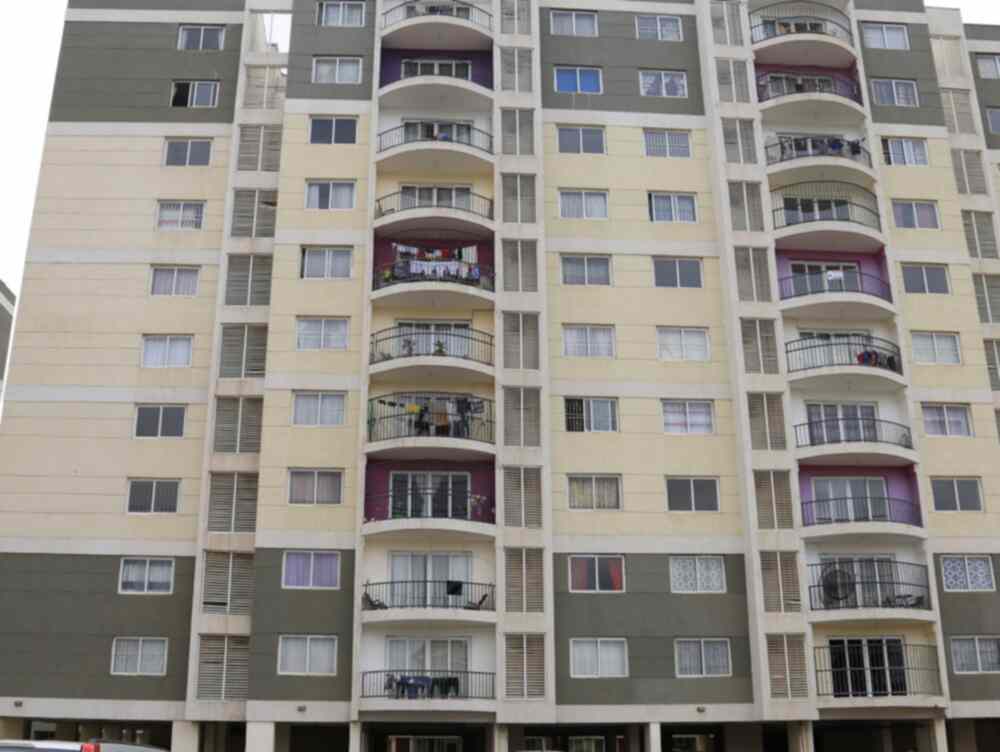
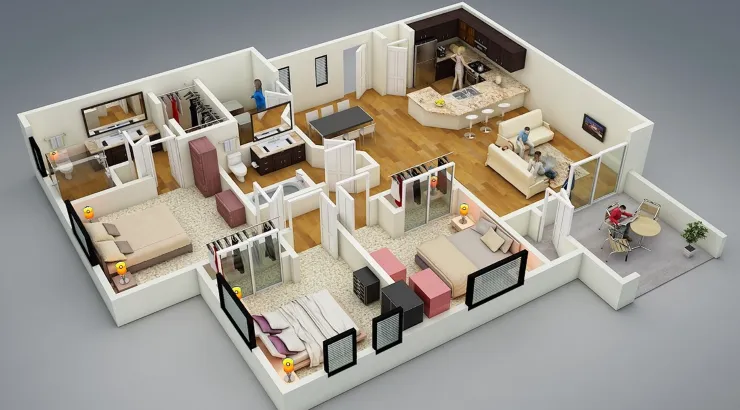
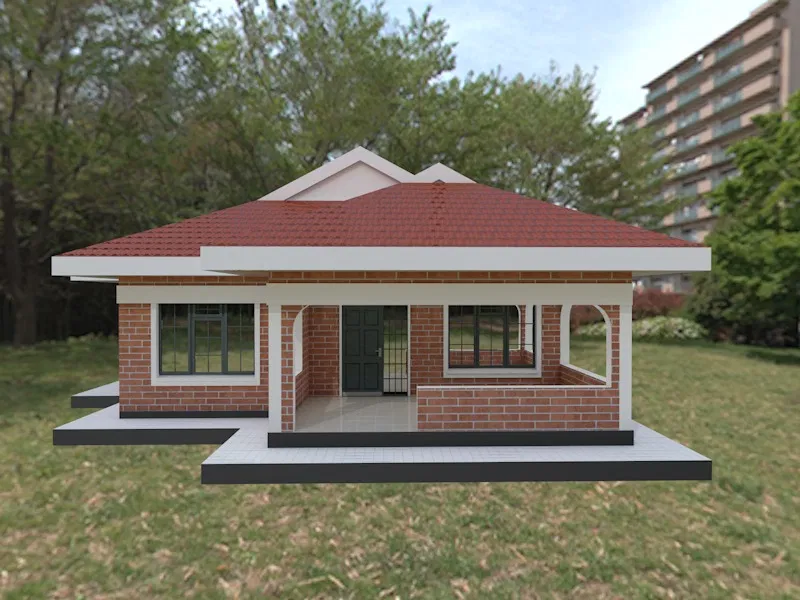

4 thoughts on “Affordable Housing Projects in Kenya – Opportunities & How to Benefit”